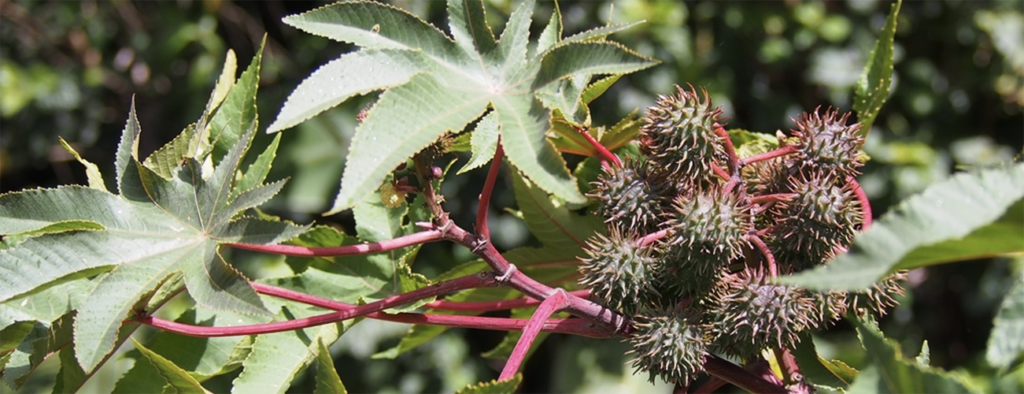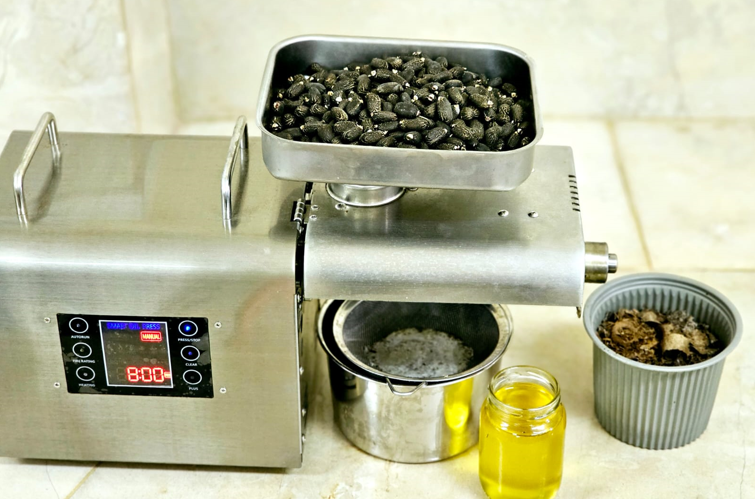
Freddy Zambrano Gavilanes – Research Professor – Oilseed Specialist)
Oilseeds are plants of great importance due to their ability to produce seeds or fruits with high oil content; They offer versatility that ranges from food uses for humans and animals to the production of renewable energy. In this way they play a crucial role in food security, nutrition, sustainability and the global economy. This versatility has made crops such as African palm, olives and sunflowers constitute, today, an important part of global agriculture. The VTIC report in this edition of CONNECT magazine delves into the state and evolution of these traditional oilseed crops from various perspectives. However, in addition to these traditional crops, it is pertinent to expand the discussion on oilseeds by considering other crops that are not the most representative, but that represent great opportunities for the economic development of the country. Among these alternative crops are oilseeds such as cotton (Gossypium hirsutum L.), with an oil content in its seeds of approximately 16% (Sihag et al., 2021), castor (Ricinus communis L.), which ranges between 42% and 58% (Gislum et al., 2018), and pine nut (Jatropha curcas L.), with a content of up to 47% (Go et al., 2016), species that have played significant roles in the agricultural panorama of the past and present of Ecuador. Although in the past they had considerable relevance, currently their production has decreased to a certain extent. However, its potential remains considerable since it presents opportunities to revitalize its cultivation and exploit its multiple applications for the industrial sector and environmental care.
Cotton

Cotton has been a plant of great historical and economic importance in Ecuador. Despite its decline in recent years, with approximately only 40 hectares planted in 2022, the focus on organic cotton production presents a promising opportunity. The global market demands sustainable raw materials, which opens doors for fair trade and environmentally friendly production systems. The +Algodón regional project, which involves Ecuador as a partner country, represents a collective effort to strengthen the cotton sector through sustainable agricultural practices (Zambrano-Gavilanes et al., 2022). The validation of technologies and some practices are being carried out by the National Institute of Agricultural Research (INIAP) and the Technical University of Manabí (UTM), who seek to improve the quality of cotton and raise the living conditions of producers.
castor

In addition to cotton, in Ecuador, the cultivation of castor beans faces challenges due to the lack of technology and the lack of government support, which limits its development to small plots in Manabí, which represent between 300 and 500 hectares planted (Álvarez, 2018). . Despite having the opportunity to supply the demand for castor oil, especially in the Colombian market, the absence of technical cultivation and the limited availability of seeds for extracting companies are obstacles that require urgent government attention. Despite this situation, the research carried out at the INIAP Portoviejo experimental station has given rise to the improved variety of Higuerilla INIAP-402 “La Roja”, characterized by its high yield of 1800 kg/ha and an oil content of 52 ,twenty%. This innovation has the potential to incentivize farmers, attract investments and offer more competitive prices for local producers (Orlando-López et al., 2022).
Pinion

On the other hand, the pine nut, a drought-resistant and oil-rich plant, is key in the production of biodiesel and other industrial uses (Gavilanes & Gupta, 2023). In Ecuador, which has approximately 7000 km of live fences with this plant, its main use has been in the use of its oil to generate electricity in the Galapagos Islands, demonstrating its potential in renewable energy and organic fertilizers (Andrade et al., 2020).
Since 2010, a hybrid system has supplied electricity on Floreana Island, using two Jatropha oil generators of German origin (69 kW) together with a photovoltaic plant (21 kW) (Gruber, 2014). Then, starting in 2016, SIEMENS AG implemented a 10-fold larger project on Isabela Island (Gruber et al., 2017), making notable progress in renewable energy. However, since 2021 the commercialization of pine nuts in Ecuador was affected by the closure of the Piñón project for Galapagos. Despite this, the Ministry of Energy and Mines is donating the Pine Nut Oil Extraction Plant to the UTM. It is expected that this university will resume the project to benefit local producers and contribute to sustainable energy in the Galapagos Islands.
Ecuador has focused its attention on oilseed crops as a key part of its strategy to promote environmental sustainability and diversify its economy. Intersectoral collaboration, research and the establishment of quality standards are essential to maximize the potential of these crops and strengthen the local economy. However, there are other plants that deserve attention, due to their potential to become important elements of the national economy. Cotton, castor beans and pine nuts are emerging as significant opportunities for Ecuador on its path towards a more sustainable and prosperous future. These crops have the ability to boost the economy, promote environmentally friendly agricultural practices, and support responsible production of natural resources.
Bibliographic references
Álvarez, N. 2018. Business plan for the expansion of the company Proycomtec SA, Ecuador, in the production of raw materials. Zamorano, Honduras. 25p.
Andrade, DS, Gavilanes, FZ, Silva, HR, Castro, GHL, & Telles, TS (2020). Sustainable bioenergy production. In Recent Developments in Bioenergy Research (pp. 363-391). Elsevier.
Gavilanes, FZ, & Gupta, VK (2023). Extraction of lipids from oleaginous plants and valorization of the residues obtained. In Valorization of Biomass to Bioproducts (pp. 113-138). Elsevier.
Gislum, R., Nikneshan, P., Shrestha, S., Tadayyon, A., Deleuran, L.C., & Boelt, B. (2018). Characterization of beaver (Ricinus communis L.) seed quality using Fourier transform near-infrared spectroscopy in combination with multivariate data analysis. Agriculture, 8(4), 59.



